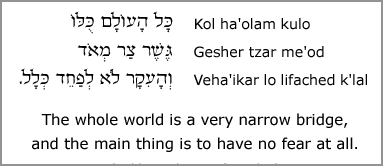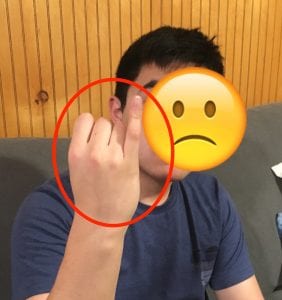Title: Black Cat
General Information about Item:
- Customary Lore, Superstition
- Language: English
- Country of Origin: India
- Informant: Rama
- Date Collected: 10-10-18
Informant Data:
- Rama is a female software engineer of Houston, TX. She was born in Tirunelveli, India in 1975. She moved to the United States, however, at the age of 21, with her first job. Besides work, she enjoys gardening and reading. Today, Rama lives with her family in a suburb just outside of Houston.
Contextual Data:
- Cultural Context: Just as in many parts of the world, in India, the black cat is believed to be a bad omen, or a carrier of witchcraft. Each culture, however, has its own mechanism for ridding oneself of the curse, and its associated bad luck. In India, this mechanism is taking a sip of water at one’s original location.
- Social Context: This superstition is today primarily practiced by elders in rural villages. With modern transportation and technology, people of urban areas are able to travel far distances to work, school, etc. This in turn makes the practice of this superstition far less practical.
Item:
- This superstition relies on the belief that black cats are carriers of witchcraft and sorcery. So, if they cross one’s path, he/she is believed to be infected by a curse. The only way to rid oneself of this curse is to return to the original location and drink some water.
Associated file (a video, audio, or image file):
Transcript:
- “If a black cat crosses your path, you’re thought to be cursed. And in order to rid yourself of the curse, you need to go back home, or wherever you came from, and take a sip of water. Otherwise you’ll keep having bad luck.”
Informant’s Comments:
- This superstition, while it may be believed by some, is largely not practiced.
Collector’s Comments:
- This is an example of a Conversion Superstition, as it follows the form: “If A, Then B, Unless C”. If a black cat crosses one’s path, then bad luck will befall him/her, unless he/she returns to the original location to drink water.
Collector’s Name: Sanjena Venkatesh
Tags/Keywords:
- Customary Lore
- Superstition
- Black Cat








